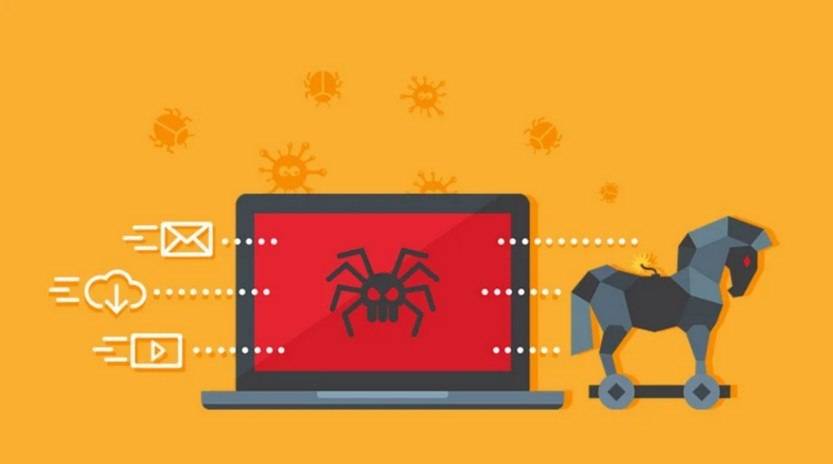Scams have become an unfortunate reality of the digital age, with cybercriminals constantly devising new ways to deceive unsuspecting individuals. One such scam that has gained traction in recent times is the Google Drive ‘File Is Pending Approval’ scam emails. These deceptive emails aim to trick users into clicking on malicious links or downloading harmful files, putting their personal information and devices at risk. In this article, we will delve into the details of this scam, how it works, what to do if you have fallen victim, and provide valuable insights to help you stay safe online.

What is the Google Drive ‘File Is Pending Approval’ Scam?
The Google Drive ‘File Is Pending Approval’ scam involves cybercriminals sending deceptive emails to potential victims, claiming that a file has been shared with them via Google Drive and is awaiting their approval. The email typically includes a message that urges the recipient to click on a link or download an attachment to review the file. However, these links and attachments are not what they seem.
Upon clicking the link or downloading the attachment, victims unknowingly expose themselves to various risks, including malware infections, phishing attacks, and identity theft. The scammers often employ sophisticated techniques to make the emails appear legitimate, using official Google Drive branding and mimicking the language and design of genuine Google notifications.
How Does the Scam Work?
The Google Drive ‘File Is Pending Approval’ scam works by exploiting the trust users have in Google Drive and its file-sharing capabilities. The scammers send out mass emails to a large number of recipients, hoping that some will fall for the deception and click on the malicious links or download the harmful attachments.
Once a victim clicks on the link or downloads the attachment, they may be directed to a fake Google Drive login page that looks identical to the genuine one. Unbeknownst to the victim, their login credentials are captured by the scammers, who can then use this information for various malicious purposes, such as gaining unauthorized access to the victim’s Google account or stealing sensitive personal information.
In some cases, the links or attachments may contain malware that is automatically downloaded onto the victim’s device. This malware can then perform a range of malicious activities, such as stealing personal data, encrypting files for ransom, or even taking control of the victim’s device.
What to Do If You Have Fallen Victim?
If you have fallen victim to the Google Drive ‘File Is Pending Approval’ scam, it is crucial to take immediate action to minimize the potential damage. Here are the steps you should follow:
- Disconnect from the internet: As soon as you realize you have been scammed, disconnect your device from the internet to prevent further communication between the malware and the attacker’s server.
- Scan your device for malware: Run a thorough scan of your device using reliable antivirus software, such as Malwarebytes Free, to detect and remove any malware that may have been installed.
- Change your passwords: Change the passwords for all your online accounts, especially your Google account, to prevent unauthorized access.
- Enable two-factor authentication: Enable two-factor authentication (2FA) for your Google account and any other accounts that offer this security feature. 2FA adds an extra layer of protection by requiring a second form of verification, such as a unique code sent to your mobile device, in addition to your password.
- Monitor your accounts: Keep a close eye on your financial accounts, email accounts, and any other online accounts for any suspicious activity. Report any unauthorized transactions or changes immediately.
Technical Details of the Scam
The Google Drive ‘File Is Pending Approval’ scam relies on social engineering techniques to deceive users. Here are some technical details of the scam:
- Email spoofing: The scammers often use email spoofing techniques to make the emails appear as if they are coming from a legitimate Google Drive address. This can make it difficult for users to identify the scam.
- Phishing websites: The links in the scam emails often lead to phishing websites that mimic the official Google Drive login page. These websites are designed to trick users into entering their login credentials, which are then captured by the scammers.
- Malware distribution: Some versions of the scam involve the distribution of malware through malicious attachments. These attachments may be disguised as harmless documents or files, but they contain malicious code that can infect the victim’s device.
Statistics on Google Drive Scams
While specific statistics on the Google Drive ‘File Is Pending Approval’ scam are not readily available, it is important to note that scams targeting popular platforms like Google Drive are on the rise. According to a report by the Anti-Phishing Working Group (APWG), there was a significant increase in phishing attacks targeting cloud storage services in 2020, with Google being one of the most targeted brands.
Furthermore, the Federal Trade Commission (FTC) reported that in 2020, consumers reported losing over $1.9 billion to fraud, with email and phone scams being the most common methods used by scammers. It is likely that scams like the Google Drive ‘File Is Pending Approval’ scam contributed to these staggering numbers.
Summary
The Google Drive ‘File Is Pending Approval’ scam is a deceptive scheme that aims to trick users into clicking on malicious links or downloading harmful attachments. By exploiting the trust users have in Google Drive, cybercriminals attempt to steal personal information, spread malware, and carry out other malicious activities. To protect yourself from falling victim to this scam, it is important to be vigilant and cautious when receiving emails claiming to be from Google Drive. Always verify the authenticity of the email and avoid clicking on suspicious links or downloading attachments from unknown sources. Additionally, regularly updating your antivirus software and enabling two-factor authentication can provide an extra layer of protection against such scams. By staying informed and taking necessary precautions, you can safeguard your personal information and devices from the ever-evolving landscape of online scams.










